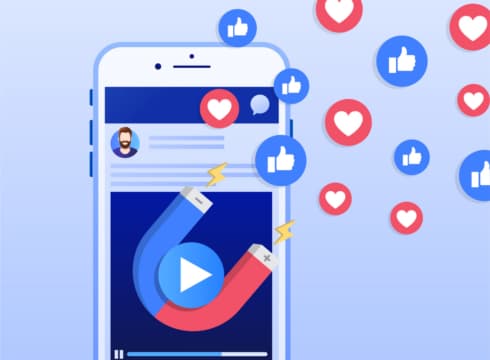Focusing on softer conversions, such as adding items to carts, can sometimes lead to a surge in that particular action but not actual purchases
The art of optimisation lies in striking a delicate balance between capturing the attention of potential customers and gently steering them towards a purchase decision
As a marketer, you're not just interested in what users do; you also want to understand why
Inc42 Daily Brief
Stay Ahead With Daily News & Analysis on India’s Tech & Startup Economy
I recently had the opportunity to work with a D2C brand that was facing challenges in converting Facebook ad leads into actual sales. Despite generating a significant number of ‘Add-to-Cart’ actions, their overall conversion rate remained disappointingly low.
Upon closer examination, it became clear that their ad optimisation efforts were primarily focused on attracting exploratory users rather than actively seeking out potential buyers.
This realisation spurred me to share this cautionary note with you, highlighting the importance of carefully considering the nuances of ad targeting and aligning optimisation goals with the actual behaviour of your target audience.
The Challenge With High-Value D2C Brands
Direct-to-consumer (D2C) brands that offer high-value products often find themselves facing a tricky situation.
With conversion rates typically lower than desired, many opt to focus on optimising for softer conversions such as “Add-to-Cart” or “Checkout Initiated.” However, this strategy can sometimes lead to unexpected changes in funnel behaviour.
The Optimisation Paradox
Focusing on softer conversions, such as adding items to carts, can sometimes lead to a surge in that particular action. However, this doesn’t always translate into actual purchases.
The reason behind this lies in Facebook’s algorithm, which tends to target users more likely to add items to their carts but not necessarily those who complete the purchase.
These users, often referred to as ‘explorers,’ generally require a longer period of engagement before making a buying decision.
Understanding The Audience Behavior
This audience, while valuable, behaves differently. They are in the exploration phase, not the commitment phase. They might fill their carts, but the journey from cart to purchase is a longer and more complex one. It requires a different approach, one that nurtures and guides them through the decision-making process.
Striking The Right Balance
The art of optimisation lies in striking a delicate balance between capturing the attention of potential customers and gently steering them towards a purchase decision. This requires a more sophisticated approach that encompasses targeting, content, and follow-up strategies.
Your Role In Navigating This Challenge
As a marketer, you’re not just interested in what users do; you also want to understand why. By unravelling the motivations behind their actions, you can craft strategies that not only pique their interest but also lead to meaningful outcomes.
In conclusion, the journey from a click to a customer is not a straight line but a winding path filled with insights and opportunities. It’s about understanding the subtle art of digital persuasion, where every click, every add-to-cart, is a conversation with a potential customer.
Our role as marketers is to be the guiding light on this path, turning curiosity into commitment, and interest into investment.
As we continue to navigate the ever-changing digital marketing landscape, let’s remember that the true measure of our success is not in the quantity of leads, but in the quality of conversions.
Note: We at Inc42 take our ethics very seriously. More information about it can be found here.


